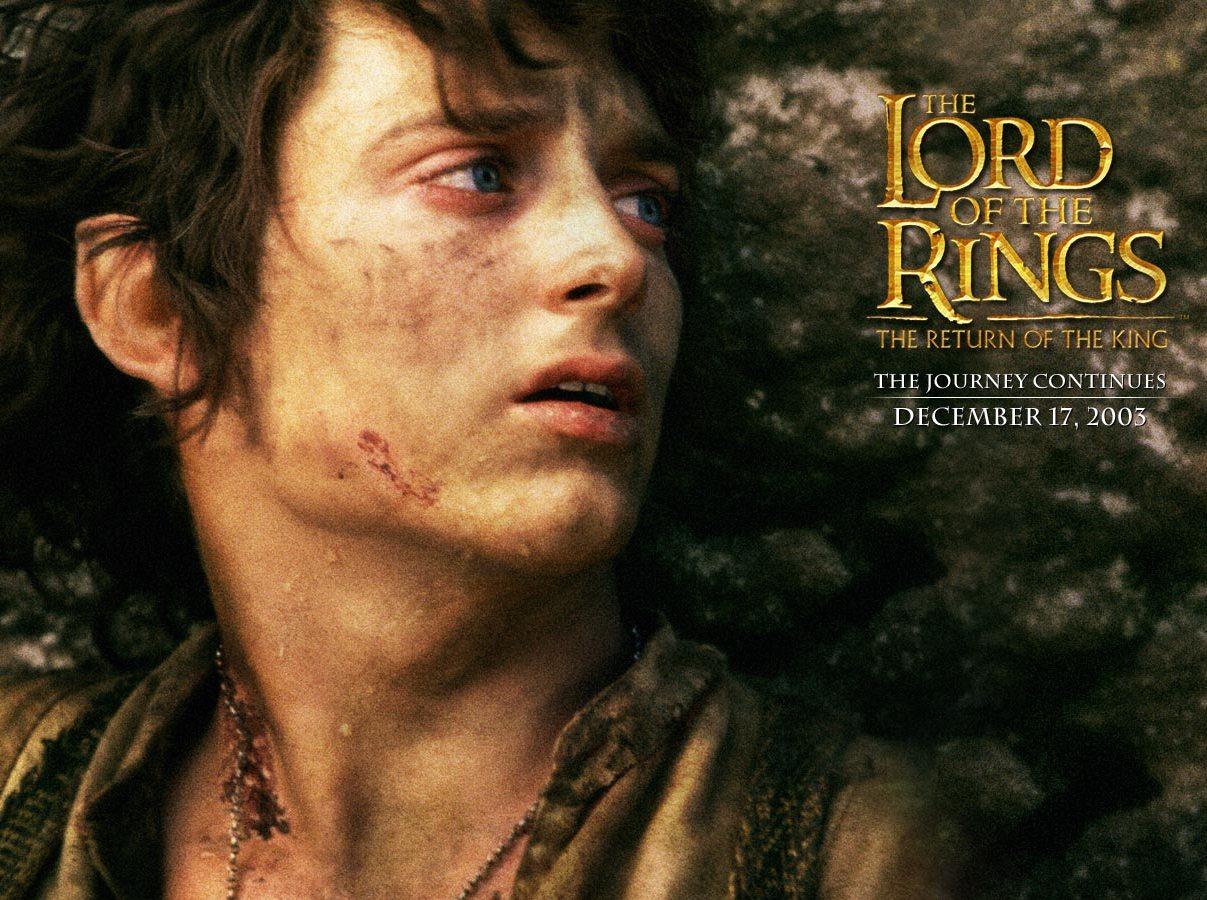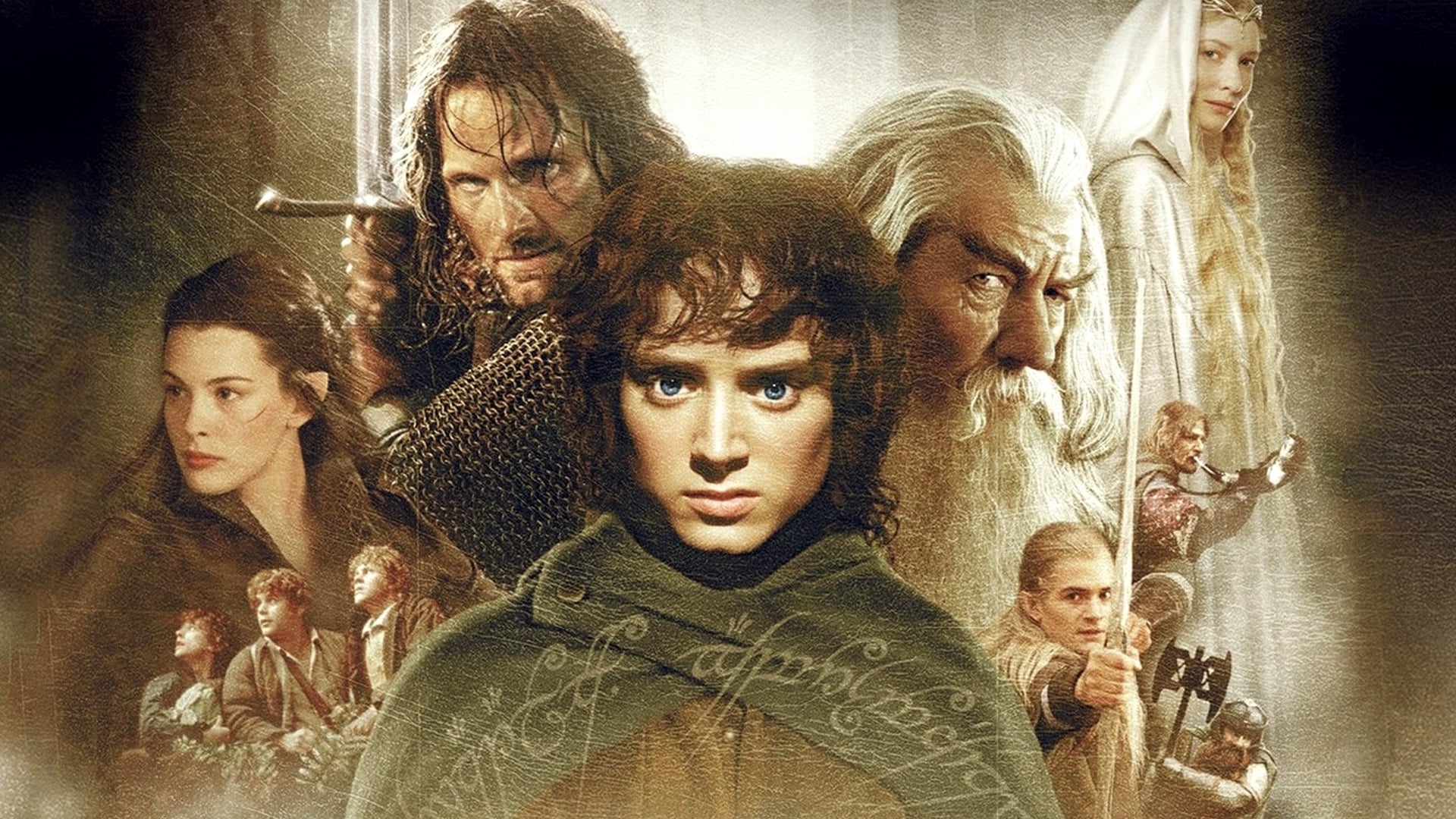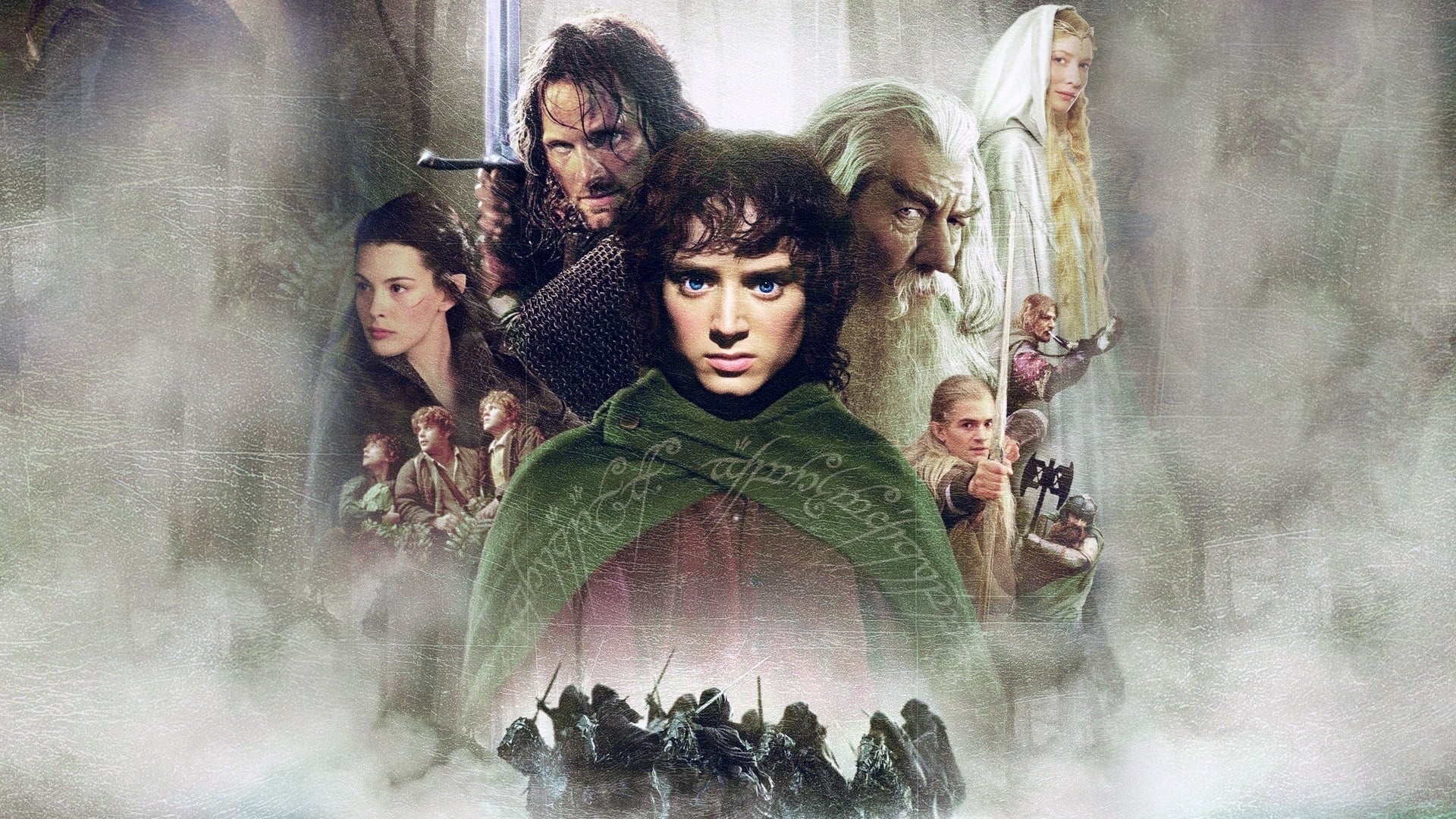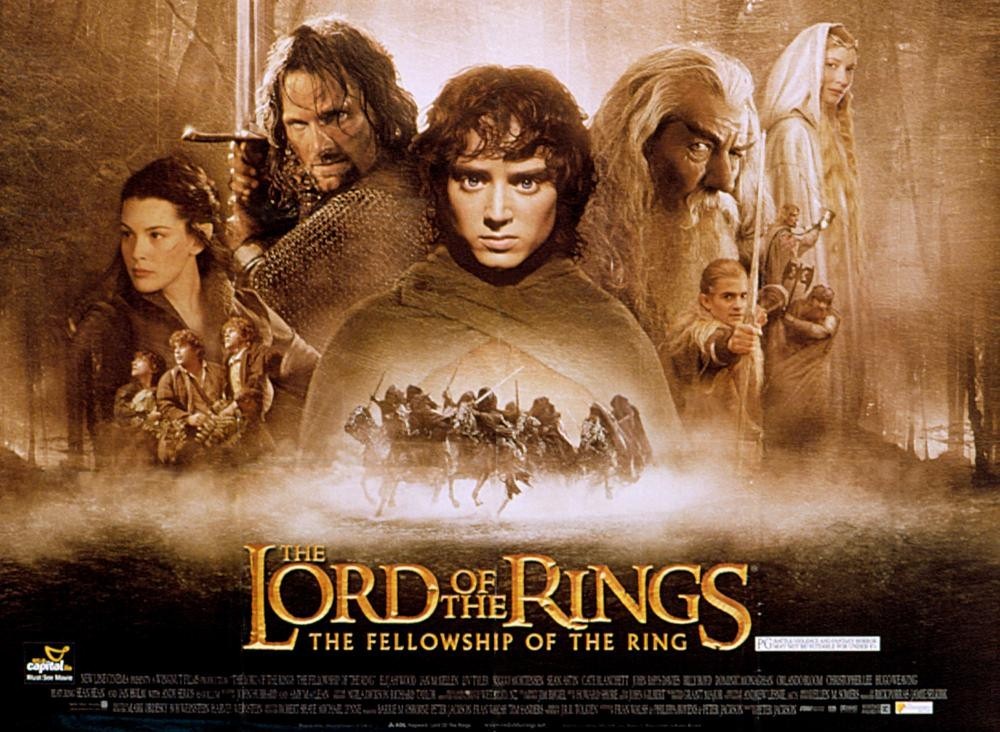Are you a fan of J.R.R. Tolkien’s work and wondering if it has any Catholic influence? Well, you’re in luck! In this blog post, we’ll be exploring the religious themes and influences in Tolkien’s most famous works, including “The Lord of the Rings” and “The Hobbit”. As a devout Roman Catholic, Tolkien infused his writings with his beliefs, resulting in a fundamentally religious and Catholic work. Let’s find out why Catholics and Christians alike are drawn to these epic tales and what makes them so special.

Does Lord of the Rings Have Catholic Themes and Influences?
J.R.R. Tolkien, the author of the Lord of the Rings trilogy, was a devout Roman Catholic throughout his life. He saw his work as a “fundamentally religious and Catholic” one, though he did not intend it to be an allegory. The Lord of the Rings contains various themes from Christian theology, such as the battle between good and evil, the importance of mercy and forgiveness, and the concept of free will.
Tolkien’s Catholic faith is evident throughout the book, from the characters who exhibit virtues such as courage, loyalty, and self-sacrifice, to the story’s emphasis on the power of love and the ultimate triumph of good over evil. The author himself has said that his work reflects his deep Catholic faith, which he described as “the foundation of my life, and therefore of my work”.
Despite this, it is important to note that The Lord of the Rings is not an explicitly religious text. Tolkien did not set out to write a Christian allegory, and the book can be enjoyed by people of all faiths and none. However, for those who are familiar with Christian theology and symbolism, there are many parallels to be found in the story.
Overall, while The Lord of the Rings is not a Catholic movie per se, it is clear that Tolkien’s faith played a significant role in shaping the world and characters he created. The themes of love, sacrifice, and redemption that run through the book are universal, and have resonated with readers of all backgrounds for generations.
>> Must read What religion does Mel Gibson belong to?
The Enduring Fascination of Catholics with the Lord of the Rings
Lord of the Rings is a masterpiece that has captured the hearts of millions of people worldwide, including Catholics. The book’s popularity among Catholics is not unfounded, as it is a work that aligns with Catholic beliefs. The book is often referred to as a Catholic Pilgrim’s Progress, a 20th-century Divine Comedy, a great meditation on the spiritual life, on the spiritual combat, on the pilgrimage that is living on earth while hoping for Heaven.
The story follows Frodo Baggins, a hobbit, who embarks on a perilous journey to destroy the One Ring, which is the source of evil in the world. The journey is fraught with danger, and Frodo is not alone in his quest. The story is filled with strong and virtuous characters like Gandalf, who is the embodiment of wisdom and strength, and Aragorn, the rightful king of Gondor, who symbolizes justice and mercy.
The themes of sacrifice, redemption, and the battle between good and evil are all present in the story, which aligns with Catholic values. The characters’ journey to destroy the ring can be seen as a symbol of the spiritual journey that Catholics take in their lifetime, where they face challenges and temptations on their way to eternal life.
In conclusion, the Lord of the Rings is a captivating story that resonates with Catholics because of its strong themes of faith, virtue, and morality. The book serves as a great reminder of the spiritual journey that all Catholics must undertake, and the rewards that await them in the end.
Trending now – Are Harry Potter movies on Disney+?
The Catholic Influence in The Hobbit: A Deeper Look.
The Hobbit, written by J.R.R. Tolkien, is a beloved classic that has captured the hearts of readers for generations. One of the most intriguing aspects of this book is the role of Catholicism in its creation. Tolkien was a devout Catholic and his faith had a significant influence on his writing. In fact, many scholars argue that The Hobbit is an intrinsically Catholic work.
Throughout the book, Tolkien’s narrator imposes his morally absolutist views on this world. This moral absolutism is a key aspect of Catholicism, which asserts that there are objective moral truths that apply to all people, regardless of culture or personal belief. The narrator’s unwavering moral compass is evident in the way he portrays the characters’ actions and decisions.
However, it is important to note that Tolkien’s own views were not always in perfect alignment with his faith. For example, he was known to have a deep appreciation for paganism and mythology, which may seem at odds with Catholicism. Nevertheless, these opposing views do not detract from the overall Catholic nature of The Hobbit.
In conclusion, The Hobbit is a fascinating example of the role of religion in literature. Tolkien’s Catholic faith played a significant role in shaping the book’s themes and characters. While there may be some discrepancies between Tolkien’s personal beliefs and those espoused in the book, the overall effect is a work that is deeply rooted in Catholicism.

Diversity in Middle-earth: Exploring LGBT Representation in Lord of the Rings.
Lord of the Rings has been the subject of much scrutiny over the years, with many fans and scholars alike analyzing the text for hidden meanings and themes. One question that has arisen is whether or not there is any representation of LGBT characters in the story. While there is no explicit mention of homosexuality in the novels, some scholars have suggested that the relationship between Frodo and Sam could be interpreted as a same-sex romance.
Tolkien himself described their relationship as being similar to that of an officer and his military servant, with Sam being Frodo’s loyal and devoted companion throughout their journey. However, some readers have picked up on the subtle ways in which their bond is portrayed, such as the way they speak to each other and the sacrifices they make for one another.
It’s worth noting that Tolkien was a devout Catholic and lived in a time when homosexuality was still largely taboo, so it’s unlikely that he intended for Frodo and Sam’s relationship to be read as anything other than a close friendship. Nevertheless, the debate over whether or not there is LGBT representation in Lord of the Rings continues to be a topic of discussion among fans and scholars alike.
Exploring the Allegorical Similarities between Lord of the Rings and the Bible

When it comes to comparing “Lord of the Rings” and the Bible, it’s easy to see why some people draw parallels. J.R.R. Tolkien, a devout Catholic, has stated that he did not intend for his work to be an allegory, but rather a story that embodied certain values and themes. However, it is important to note that similarities between the two are not necessarily intentional or direct, but rather indirect and symbolic.
In “Lord of the Rings,” we see a reflection of the basic plot found in the Bible. The story begins in an idyllic setting, the Shire, which can be compared to the Garden of Eden. This unspoiled paradise is then disturbed by the rise of evil in the form of Sauron, who can be seen as a parallel to the Satanic snake in the Bible.
The quest that follows in “Lord of the Rings” is not merely a physical journey, but a moral and spiritual journey that leads to growth and maturity. This is similar to the moral quest found in the Bible, where characters must overcome obstacles and face challenges that ultimately lead to moral and spiritual transformation.
While the similarities between “Lord of the Rings” and the Bible may be indirect and symbolic, it is clear that Tolkien drew inspiration from his Catholic faith when crafting his story. The themes of sacrifice, redemption, and the struggle between good and evil are all present in both works. However, it is important to remember that “Lord of the Rings” is a work of fiction and should not be seen as a direct retelling of biblical events.
The Significance of Wedding Rings in Catholicism
Marriage is considered a holy sacrament in the Catholic Church, and the exchange of wedding rings is an integral part of the ceremony. The Catholic Church has always placed great importance on the symbolism of the wedding ring, which is considered a visible sign of the couple’s commitment to each other and to their faith. In Catholicism, the wedding ring is more than just a piece of jewelry; it is a sacred symbol of the couple’s love and commitment to each other in the eyes of God.
Catholics view the wedding ring as a constant reminder to betrothed couples of their consent and vows. It represents their promises to each other and a symbol of their devotion to each other. The circular shape of the ring is said to represent the never-ending love and commitment of the couple to one another. The wedding ring is a physical embodiment of the sacred bond that is formed between the two individuals.
In addition to the spiritual significance of the wedding ring, the Catholic Church also places great importance on the ceremony of marriage itself. The wedding ceremony is a solemn and sacred occasion that is steeped in tradition and symbolism. The exchange of vows and the giving of rings are just two of the many rituals that are performed during the ceremony.
In conclusion, the wedding ring holds a significant place in the Catholic faith and is considered a symbol of the couple’s love and devotion to each other. The exchange of rings during the wedding ceremony is a sacred and meaningful moment that serves as a reminder of the couple’s commitment to each other and to their faith.
The Christian Influence on J.R.R. Tolkien’s The Hobbit.
The Hobbit, a fantasy novel by J.R.R. Tolkien, is often analyzed for its Christian elements. The book’s themes of purpose, Providence, and morality reflect Tolkien’s Catholic beliefs. The Christian sense of purpose is evident in the journey of the protagonist, Bilbo Baggins. Bilbo is called to adventure, and through his journey, he discovers his true purpose in life. This sense of purpose is similar to the Christian belief that everyone has a unique purpose in life that they must discover.
The Christian sense of Providence is also present in The Hobbit. Providence refers to the idea that God has a plan for everyone’s life and that everything happens for a reason. In The Hobbit, the characters often face seemingly insurmountable obstacles, but they are always provided with a way out. This reflects Tolkien’s belief in Providence and God’s guiding hand.
Another Christian element in The Hobbit is its sense of morality. The characters are often faced with difficult choices, and their decisions reflect their moral character. Bilbo, for example, is faced with the choice of whether to keep the Arkenstone or give it to the dwarves. His decision to give it up shows his selflessness and moral character.
Overall, The Hobbit’s Christian elements reflect Tolkien’s Catholic beliefs. However, it is important to note that Tolkien did not intend for his work to be an allegory for Christianity. Rather, he believed that his work should be appreciated for its own merits and that readers should be free to interpret it as they see fit.
Exploring the Compatibility of Lord of the Rings with Christian Beliefs
J.R.R. Tolkien’s religious beliefs played a significant role in shaping his literary works, including The Lord of the Rings. As a devout Roman Catholic, he emphasized that his works were not intended to promote any particular religious beliefs or moral codes. Instead, he sought to create a story that would resonate with readers of all faiths and backgrounds.
Contrary to some criticisms, The Lord of the Rings is not against Christianity. In fact, Tolkien explicitly stated that it was a “fundamentally religious and Catholic work.” Although it is not an allegory, it is filled with Christian themes, including sacrifice, redemption, and the struggle between good and evil.
Tolkien’s emphasis on free will is also consistent with Christian theology. The characters in The Lord of the Rings are not simply pawns in a cosmic battle between good and evil. Instead, they exercise their own agency and make choices that have real consequences for themselves and others.
Overall, The Lord of the Rings is a work that reflects Tolkien’s Catholic faith, but it is not a work that seeks to promote any particular religious viewpoint. It is a story that speaks to the human experience of struggle, sacrifice, and redemption, and it has resonated with readers of all faiths for generations.
The Fascination of Christians with The Lord of the Rings.
Tolkien’s Lord of the Rings has a broad appeal to people of various faiths, including Christians. The novel has been praised for its portrayal of values that align with the Bible, such as honesty, bravery, courage, and forgiveness. In an interview with Richard Abanes in 2001, he pointed out that the book exemplifies such values. Christians find it easy to relate to the characters in the novel who display these virtues, which can serve as role models for Christians. Additionally, the story takes place in a secondary world, which is distinct from our own. This setting allows readers to escape into a world of fantasy, where they can explore themes that relate to their own lives. This is a significant reason why Christians like Lord of the Rings. The novel offers a form of escapism that is both entertaining and uplifting, while allowing readers to connect with their faith on a deeper level.
The Catholicism in The Hobbit Explained.
The Hobbit, like its epic sequel, The Lord of the Rings, has many Catholic themes that are woven throughout the story. The author J.R.R. Tolkien was a devout Catholic, and his religion played a significant role in shaping his literary works. The story of The Hobbit is based on the classic Catholic literary genre of the quest, where the protagonist goes on a journey to seek treasure or knowledge.
In The Hobbit, Tolkien’s narrator imposes his morally absolutist views on this world, which is in opposition to some of Tolkien’s own views. This is evident in the way the narrator presents the hobbits as simple and good creatures, while the other races, such as the dwarves and elves, are portrayed as more complex and morally ambiguous. This reflects Tolkien’s belief in the inherent goodness of humanity and the need for moral absolutes in a chaotic world.
Furthermore, The Hobbit contains many Catholic symbols and themes, such as the importance of sacrifice and redemption. The character of Bilbo Baggins undergoes a transformation throughout the story, which ultimately leads to his redemption. This theme of redemption is a central tenet of Catholicism, which teaches that one can find salvation through repentance and faith.
In addition, The Hobbit also explores the concept of free will and the consequences of one’s actions. This is seen in the character of Thorin Oakenshield, who becomes consumed by his desire for gold and power, leading to his downfall. This theme of free will and responsibility is an important aspect of Catholic theology, which emphasizes the importance of making moral choices and accepting the consequences of one’s actions.
In conclusion, The Hobbit is an intrinsically Catholic book that reflects Tolkien’s religious beliefs and values. The story contains many Catholic themes, symbols, and ideas, which are woven throughout the narrative. By exploring these themes, readers can gain a deeper understanding of the role of religion in Tolkien’s Middle Earth novels.
It is clear that J.R.R. Tolkien’s Catholic faith had a significant impact on his writing of The Lord of the Rings and The Hobbit. Both books contain themes and messages of Christian theology, though they are not allegories. Catholics and Christians alike appreciate these works for their strong moral values and the insight they provide into human nature. Whether you are a fan of these books or not, it is undeniable that they have left a lasting impact on literature and popular culture.



